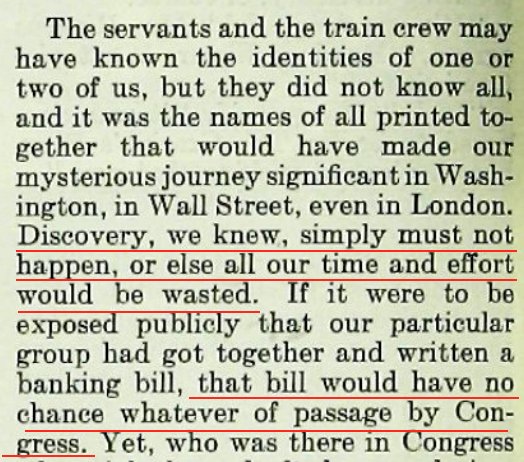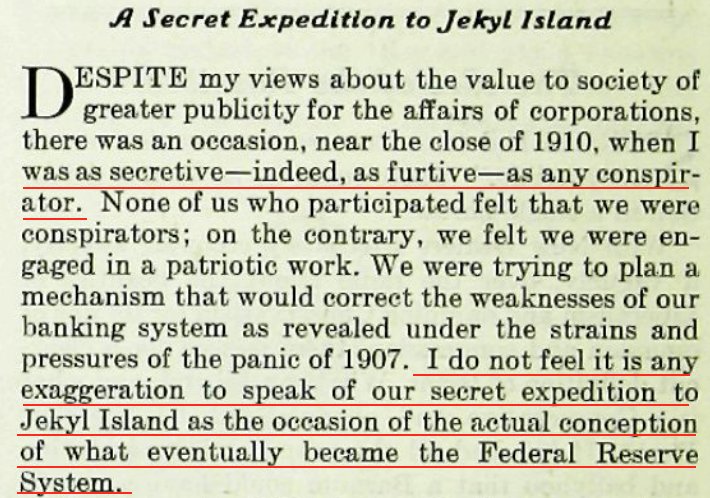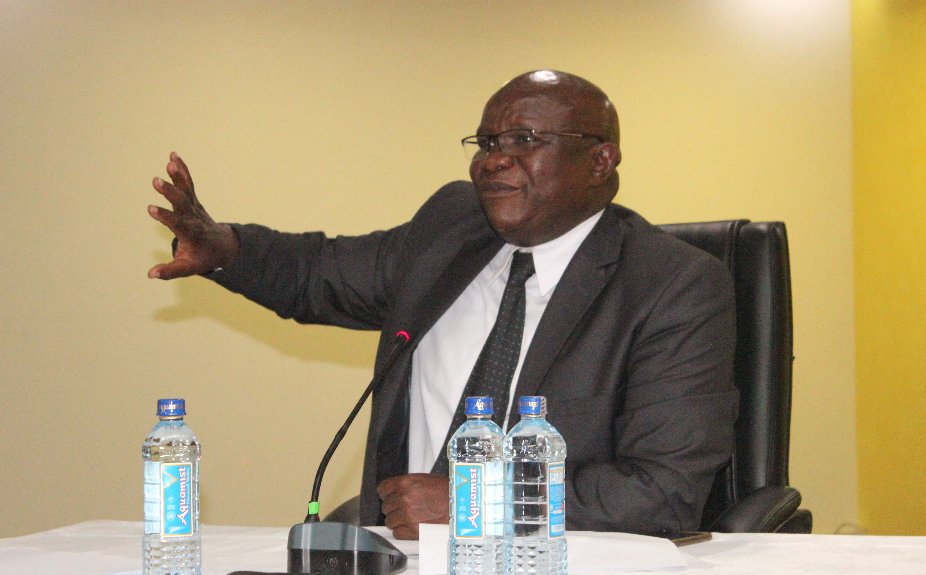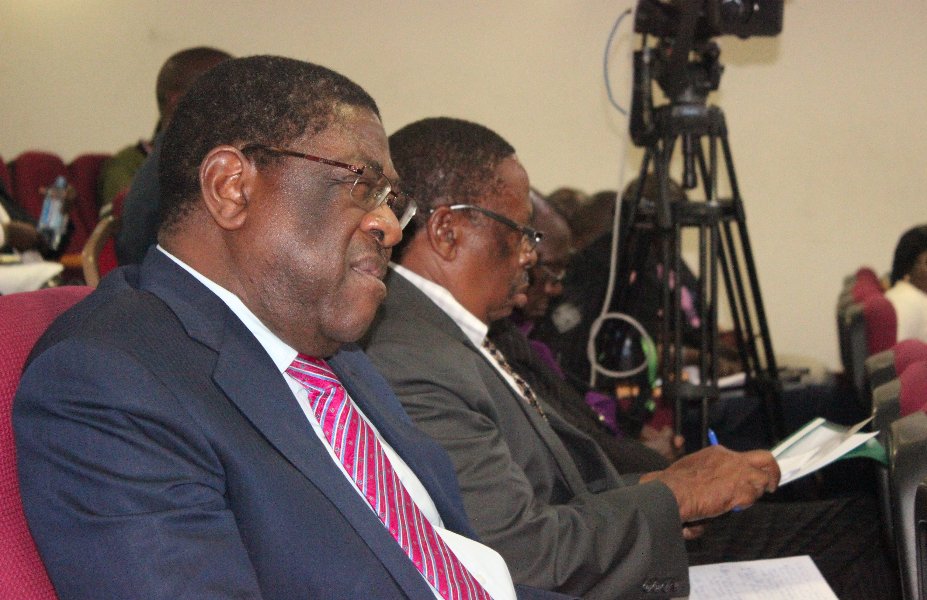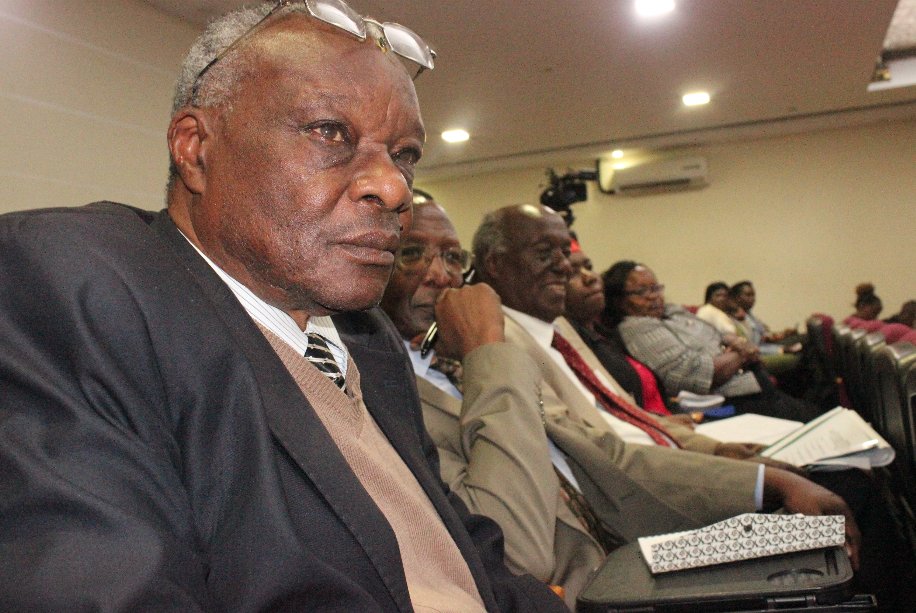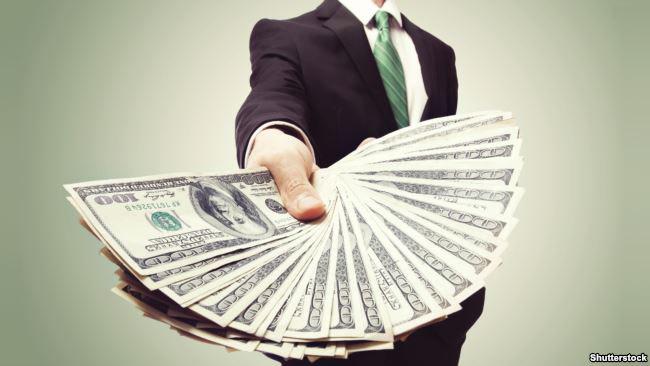In this thread, I will lay out a fascinating, often overlooked, part of history:
en.wikipedia.org/wiki/Battle_of…
In comes Scottish Banker William Patterson with a proposal.
B.N.A. is downgraded from a national central bank to a private commercial bank.
Hamilton proves successful, and The First Bank of the United States is chartered in 1791.
en.wikipedia.org/wiki/Panic_of_…
And so, in November of 1910, a group of the richest and most powerful men in America boarded a private rail car at a railroad station in Hoboken, NJ
en.wikipedia.org/wiki/Jekyll_Is…
